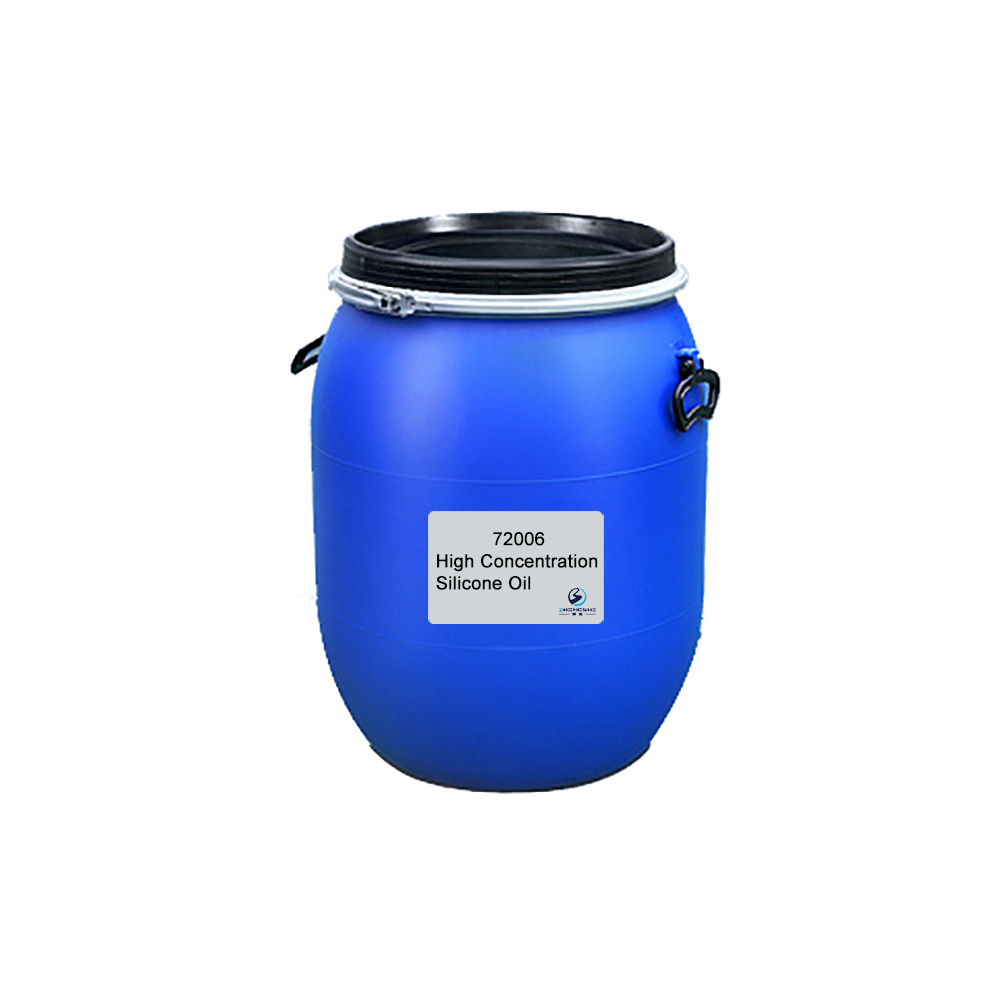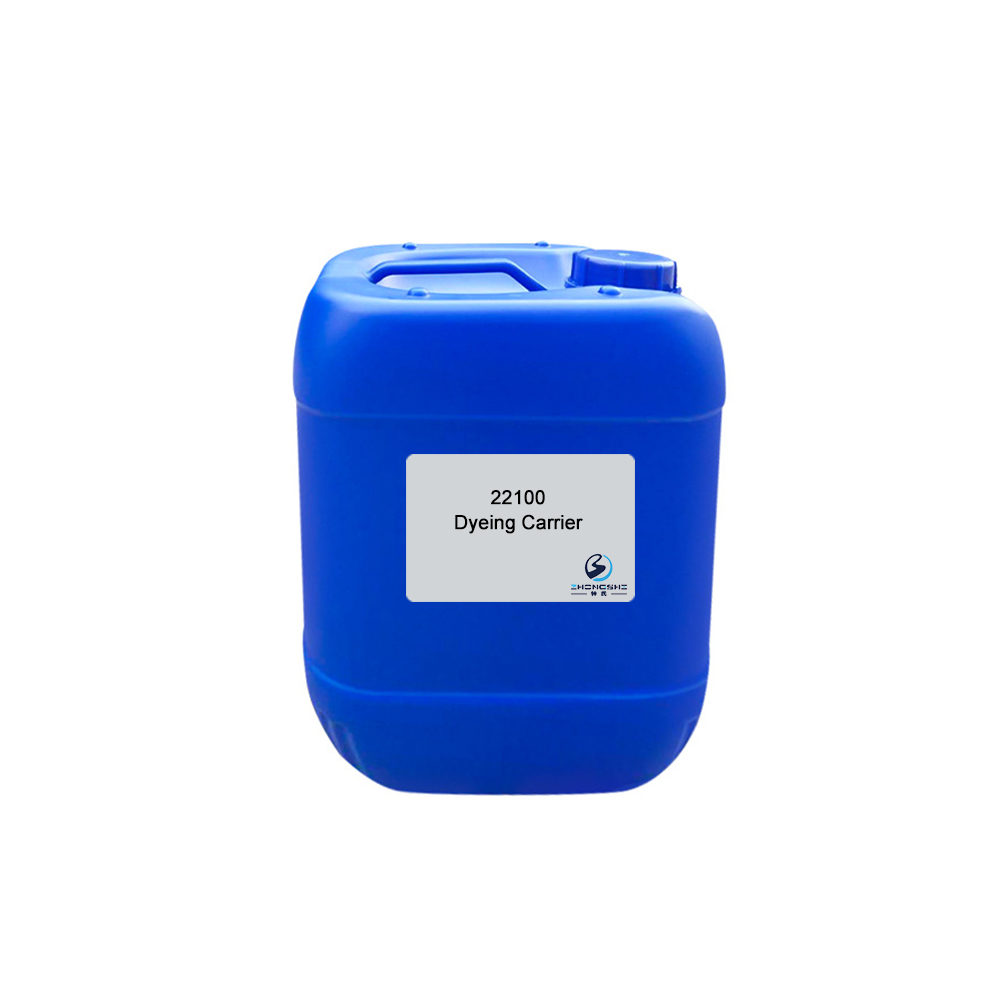98083 Silicone Softener (Soft, Smooth & Especially suitable for mercerized fabrics)
Features & Benefits
- Imparts fabrics soft, smooth and exquisite hand feeling.
- Extremely low yellowing and low shade changing. Not influences color shade. Suitable for light color, bright color and bleached fabrics.
- Not influences color shade of whitening agent. Suitable for whitened fabrics.
Typical Properties
| Appearance: | Transparent emulsion |
| Ionicity: | Weak cationic |
| pH value: | 5.5±1.0 (1% aqueous solution) |
| Solubility: | Soluble in water |
| Application: | Cellulose fibers and cellulose fiber blends, as cotton, viscose fiber, polyester/ cotton, etc. |
Package
120kg plastic barrel, IBC tank & customized package available for selection
TIPS:
Introduction of pretreatment process:
Preparatory processes are necessary for removing impurities from fibers and for improving their aesthetic appearance and processability as fabrics prior to dyeing, printing, and/or mechanical and functional finishing. Singeing may be necessary to produce a smooth and uniform fabric surface, while sizing is necessary to prevent breakage and lower processing speeds of a variety of natural and synthetic fiber yarns during their weaving. Scouring is practiced to remove impurities from all types
of natural and synthetic fibers; however, special scouring processes and carbonization methods are required to remove a variety of impurities and waxes from wool. Bleaching agents and optical brighteners are utilized on all types of fibers to improve their appearance and to render them more uniform for subsequent dyeing and finishing processes. Mercerization with alkali or treatment with liquid ammonia (for cellulosics and in some instances for cellulose/synthetic fiber blends) improves the moisture sorption, dye uptake and functional fabric properties. Although purification and pretreatments are generally conducted in certain sequences, they have also been employed at different stages of dyeing and finishing to obtain the desired fabric properties.









